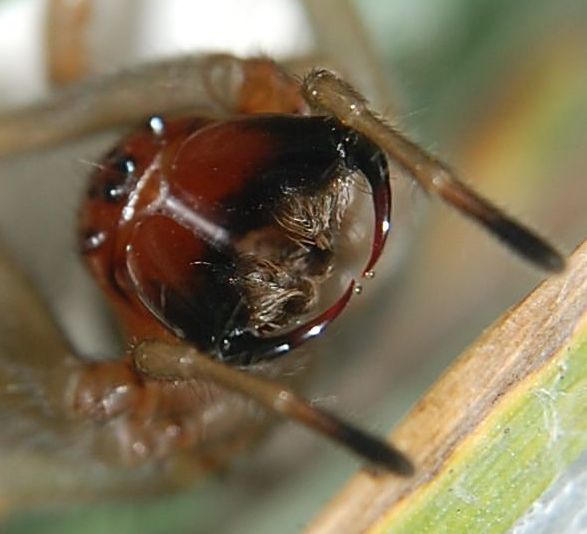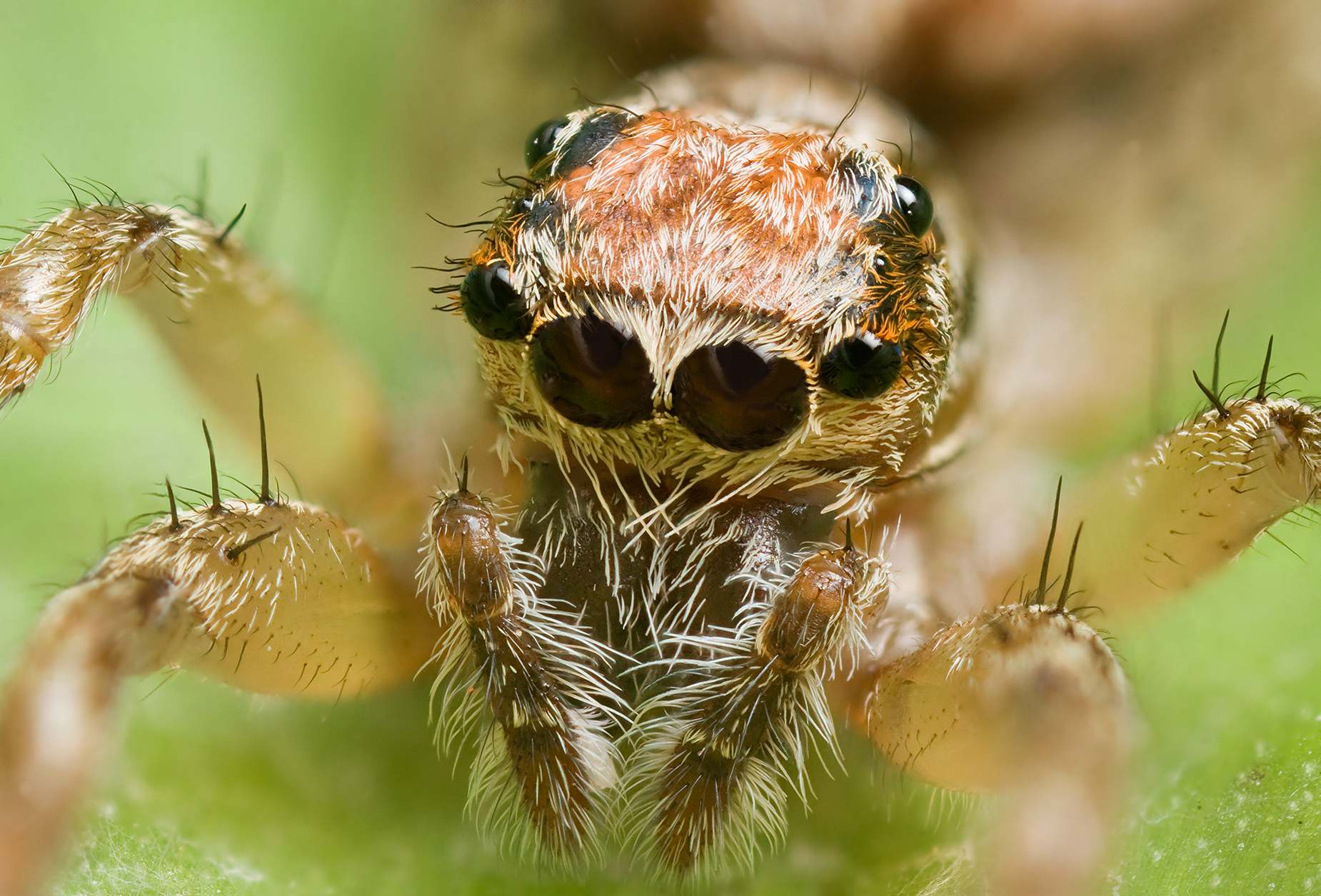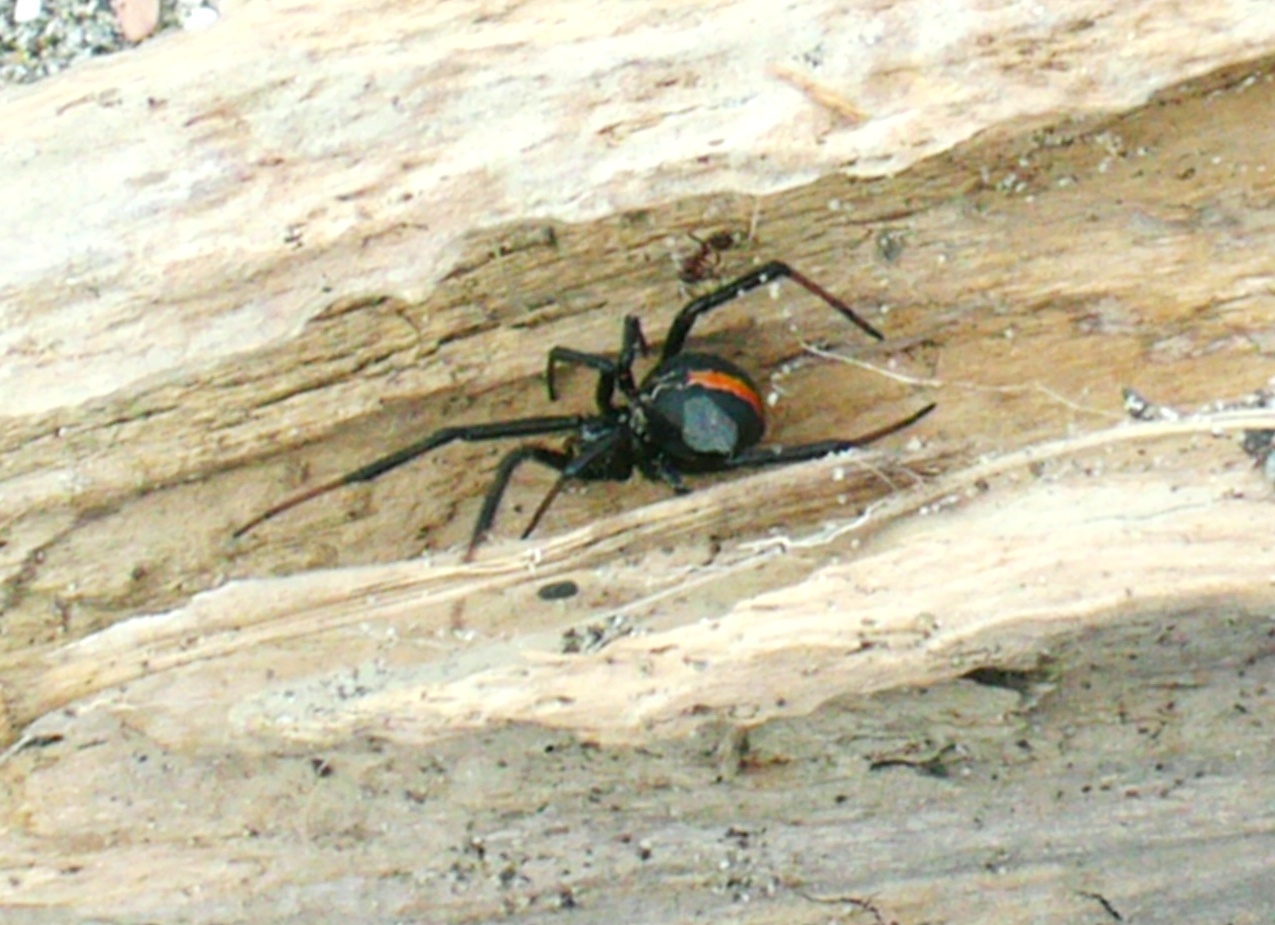|
Microctenonyx Subitaneus
''Microctenonyx subitaneus'' is a species of sheet weaver spider. Taxonomy This species was described as ''Erigone alexandrina'' in 1875 by Octavius Pickard-Cambridge. Distribution This species is known from Europe, Macaronesia, North Africa to Kyrgyzstan. It has been introduced to USA, Chile, Argentina, Kenya, South Africa, Australia, New Zealand. References Linyphiidae Spiders described in 1875 Spiders of Argentina Spiders of Australia Spiders of Europe Spiders of Macaronesia Spiders of New Zealand Spiders of North Africa Spiders of South Africa {{Linyphiidae-stub ... [...More Info...] [...Related Items...] OR: [Wikipedia] [Google] [Baidu] |
Octavius Pickard-Cambridge
Octavius Pickard-Cambridge FRS (3 November 1828 – 9 March 1917) was an English clergyman and zoologist. He was a keen arachnologist who described and named more than 900 species of spider. Life and work Pickard-Cambridge was born in Bloxworth rectory, Dorset, the fifth son of Rev. George Pickard, rector and squire of Bloxworth: the family changed its name to Pickard-Cambridge in 1848 after receiving the property left behind by a relative, Charles Owen Cambridge, of Whitminster House in Gloucestershire. Octavius was tutored at home by the poet William Barnes, after failing to receive admission to Winchester College. He also learned to play the violin from Sidney Smith. He then studied law in London before theology at the University of Durham. He was very active and made many friends in this period. He served as steward at steeplechases and presided over the college choral society. In 1857 he presented the Pickard-Cambridge Challenge Cup to University College Boating Clu ... [...More Info...] [...Related Items...] OR: [Wikipedia] [Google] [Baidu] |
Linyphiidae
Linyphiidae, spiders commonly known as sheet weavers (from the shape of their webs), or money spiders (in the United Kingdom, Ireland, Australia, New Zealand, and in Portugal, from the superstition that if such a spider is seen running on you, it has come to spin you new clothes, meaning financial good fortune) is a family of very small spiders comprising 4706 described species in 620 genera worldwide. This makes Linyphiidae the second largest family of spiders after the Salticidae. The family is poorly understood due to their small body size and wide distribution, new genera and species are still being discovered throughout the world. The newest such genus is '' Himalafurca'' from Nepal, formally described in April 2021 by Tanasevitch. Since it is so difficult to identify such tiny spiders, there are regular changes in taxonomy as species are combined or divided. * Money spiders are known for drifting through the air via a technique termed “ ballooning”. * Within the agric ... [...More Info...] [...Related Items...] OR: [Wikipedia] [Google] [Baidu] |
Spiders Described In 1875
Spiders (order Araneae) are air-breathing arthropods that have eight legs, chelicerae with fangs generally able to inject venom, and spinnerets that extrude silk. They are the largest order of arachnids and rank seventh in total species diversity among all orders of organisms. Spiders are found worldwide on every continent except for Antarctica, and have become established in nearly every land habitat. , 50,356 spider species in 132 families have been recorded by taxonomists. However, there has been debate among scientists about how families should be classified, with over 20 different classifications proposed since 1900. Anatomically, spiders (as with all arachnids) differ from other arthropods in that the usual body segments are fused into two tagmata, the cephalothorax or prosoma, and the opisthosoma, or abdomen, and joined by a small, cylindrical pedicel, however, as there is currently neither paleontological nor embryological evidence that spiders ever had ... [...More Info...] [...Related Items...] OR: [Wikipedia] [Google] [Baidu] |
Spiders Of Argentina
Spiders ( order Araneae) are air-breathing arthropods that have eight legs, chelicerae with fangs generally able to inject venom, and spinnerets that extrude silk. They are the largest order of arachnids and rank seventh in total species diversity among all orders of organisms. Spiders are found worldwide on every continent except for Antarctica, and have become established in nearly every land habitat. , 50,356 spider species in 132 families have been recorded by taxonomists. However, there has been debate among scientists about how families should be classified, with over 20 different classifications proposed since 1900. Anatomically, spiders (as with all arachnids) differ from other arthropods in that the usual body segments are fused into two tagmata, the cephalothorax or prosoma, and the opisthosoma, or abdomen, and joined by a small, cylindrical pedicel, however, as there is currently neither paleontological nor embryological evidence that spiders ever had a separate ... [...More Info...] [...Related Items...] OR: [Wikipedia] [Google] [Baidu] |
Spiders Of Australia
Australia has a number of highly venomous spiders, including the Sydney funnel-web spider, its relatives in the family Hexathelidae, and the redback spider, whose bites can be extremely painful and have historically been linked with deaths in medical records. Most Australian spiders do not have venom that is considered to be dangerously toxic. No deaths caused by spider bites in Australia have been substantiated by a coronial inquest since 1979. There are sensationalised news reports regarding Australian spiders that fail to cite evidence. ''A Field Guide to Spiders of Australia'' published by CSIRO Publishing in 2017 featuring around 836 species illustrated with photographs of live animals, around 381 genera and 78 families, introduced significant updates to taxonomy from Ramirez, Wheeler and Dmitrov Estimates put the total number of Australian spider species at about 10,000. Only around 3,600 have been described. Little information is known about many undiscovered species. N ... [...More Info...] [...Related Items...] OR: [Wikipedia] [Google] [Baidu] |
Spiders Of Europe
Spiders (order Araneae) are air-breathing arthropods that have eight legs, chelicerae with fangs generally able to inject venom, and spinnerets that extrude silk. They are the largest order of arachnids and rank seventh in total species diversity among all orders of organisms. Spiders are found worldwide on every continent except for Antarctica, and have become established in nearly every land habitat. , 50,356 spider species in 132 families have been recorded by taxonomists. However, there has been debate among scientists about how families should be classified, with over 20 different classifications proposed since 1900. Anatomically, spiders (as with all arachnids) differ from other arthropods in that the usual body segments are fused into two tagmata, the cephalothorax or prosoma, and the opisthosoma, or abdomen, and joined by a small, cylindrical pedicel, however, as there is currently neither paleontological nor embryological evidence that spiders ever had a separat ... [...More Info...] [...Related Items...] OR: [Wikipedia] [Google] [Baidu] |
Spiders Of Macaronesia
Spiders (order Araneae) are air-breathing arthropods that have eight legs, chelicerae with fangs generally able to inject venom, and spinnerets that extrude silk. They are the largest order of arachnids and rank seventh in total species diversity among all orders of organisms. Spiders are found worldwide on every continent except for Antarctica, and have become established in nearly every land habitat. , 50,356 spider species in 132 families have been recorded by taxonomists. However, there has been debate among scientists about how families should be classified, with over 20 different classifications proposed since 1900. Anatomically, spiders (as with all arachnids) differ from other arthropods in that the usual body segments are fused into two tagmata, the cephalothorax or prosoma, and the opisthosoma, or abdomen, and joined by a small, cylindrical pedicel, however, as there is currently neither paleontological nor embryological evidence that spiders ever had a separate th ... [...More Info...] [...Related Items...] OR: [Wikipedia] [Google] [Baidu] |
Spiders Of New Zealand
New Zealand has 1157 described spider species, with an estimated total fauna of 2000 species. Over 97 per cent are endemic, and the rest have been introduced through human activities or were natural wind-borne introductions. The New Zealand spider with the largest leg span is the Nelson cave spider ('' Spelungula cavernicola''), with a leg span of up to and a body length. The Australian white-tailed spider, first recorded in New Zealand in 1886, has been falsely attributed as the cause of many necrotising spider bites. The flat huntsman spider ('' Delena cancerides''), also from Australia, and called the Avondale spider in New Zealand, was accidentally introduced in the early 1920s, possibly in shipments of hardwood logs used for railway sleepers.Rowell and Avilés (1995). "Sociality in a bark-dwelling huntsman spider from Australia, Delena cancerides Walckenaer (Araneae: Sparassidae)". ''Insectes Sociaux''. Volume 42(3): 287-302 The huntsman spiders, which are considered har ... [...More Info...] [...Related Items...] OR: [Wikipedia] [Google] [Baidu] |
Spiders Of North Africa
Spiders (order Araneae) are air-breathing arthropods that have eight legs, chelicerae with fangs generally able to inject venom, and spinnerets that extrude silk. They are the largest order of arachnids and rank seventh in total species diversity among all orders of organisms. Spiders are found worldwide on every continent except for Antarctica, and have become established in nearly every land habitat. , 50,356 spider species in 132 families have been recorded by taxonomists. However, there has been debate among scientists about how families should be classified, with over 20 different classifications proposed since 1900. Anatomically, spiders (as with all arachnids) differ from other arthropods in that the usual body segments are fused into two tagmata, the cephalothorax or prosoma, and the opisthosoma, or abdomen, and joined by a small, cylindrical pedicel, however, as there is currently neither paleontological nor embryological evidence that spiders ever had a separate th ... [...More Info...] [...Related Items...] OR: [Wikipedia] [Google] [Baidu] |




